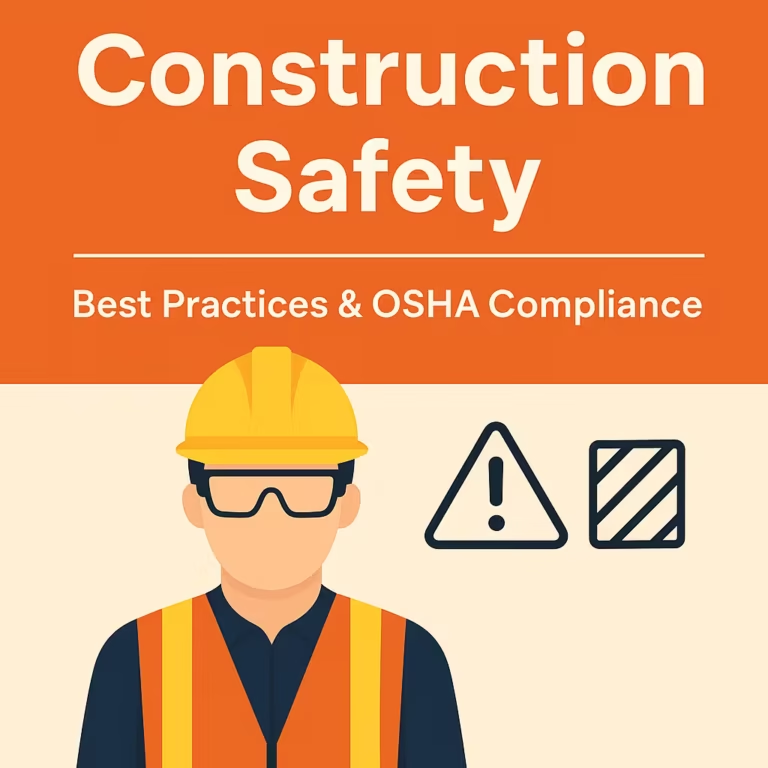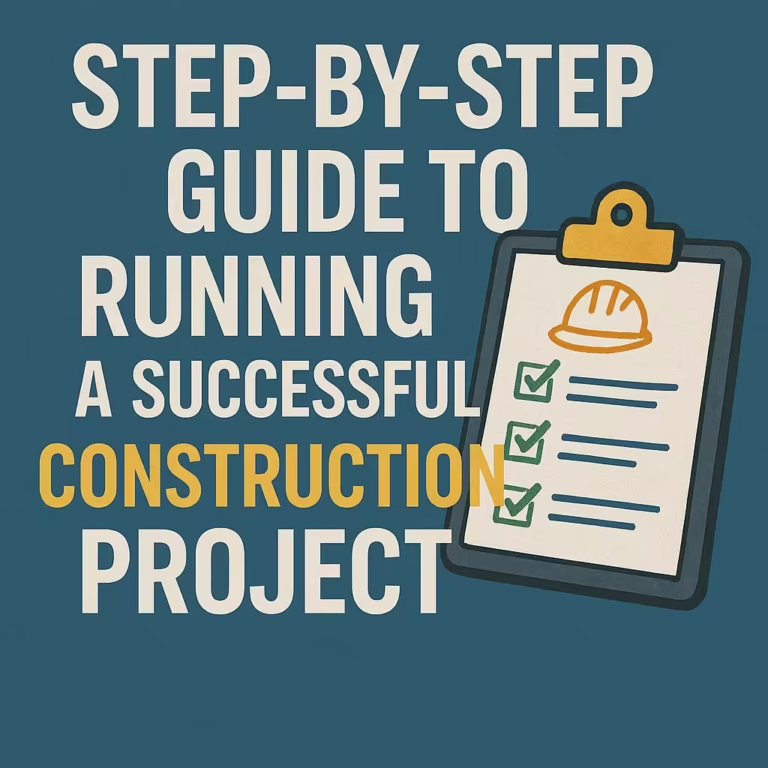Construction Superintendent: Leading Builds from Start to Finish
Introduction: Shifting Focus to Field Construction
You all have been asking and you all have been waiting patiently. Now it’s time we leave the office side of construction in the office and we start talking about the core of construction — building buildings on the job site. So today, I’m kicking off a new video series specific to Field construction by introducing a new role: the construction superintendent. Let’s go!

The Backbone of Our Society: Skilled Tradespeople
Every single morning, millions and millions of construction workers of various skilled trades around the world are waking up and getting ready to build the community of tomorrow. These skilled tradespeople are without a doubt the backbone of our society, building the infrastructure and buildings in which the rest of the world use and operate. Yet, the average person rarely meets the individuals that build these communities.
Recognizing the Hidden Efforts
When I’m driving down the road, I’m looking at buildings a little differently than the average person would. I’m thinking about how every part of that building was put in place by hand by some skilled individual. Not only that, but I’m also thinking about how many individuals came together on a daily basis over the course of maybe a few months to even a few years, working together in a sequence that has allowed those buildings to live and breathe far beyond those people leaving that job site.
Introducing the Construction Superintendent
This series is going to be dedicated to those different field roles — learning about who those individuals are and also what they do on a day-to-day basis. For today, I want to talk about the one individual who is there long before any other tradesperson steps onto the job site and is still there after the last tradesperson has left the job site when the project is wrapping up.
This individual knows the day-to-day details of the project yet also sees the bigger picture of how it all comes together. This person works and thinks in both the present and the future, problem-solving issues before they become actual problems. This person is a doer, a critical thinker, a motivator, and a leader. This person knows how to build buildings, but more importantly, this person knows how to effectively build and develop relationships with the skilled trade workers who build those buildings. This individual is the construction superintendent, the counterpart to the project manager.

The Journey to Becoming a Superintendent
Nobody is born with the inherent knowledge and understanding of what it means or what it takes to be a construction superintendent — it’s a complex and difficult role to step into. It requires a deep understanding of how buildings are actually built. However, if you are interested in becoming a construction superintendent without yet having that deep knowledge of building practices, there is another approach you can take to become successful (and I’ll talk about that later).
Traditional Path: Rising Through the Trades
The majority of older superintendents in the construction industry have historically risen through the ranks within the skilled trades. I’ve most often seen superintendents come up through the carpentry trade because carpenters are typically on site throughout the majority of the project. This gives them a better understanding of the entire building process from start to finish, giving them an upper hand when it comes to understanding building sequencing and building techniques.
The Role of a Foreman
These individuals work as carpenters or in any other skilled trade on enough projects to become competent in their role. They’re often offered a position of management over a small group of people — this is typically the next step in that process, known as a foreman position. Foremen run a specific group of people referred to as a crew for a specific aspect of the scope.
Foremen may still sometimes work with their own tools alongside their crew (referred to as a working foreman), but as they advance, they’ll likely work less and less with their tools as they transition further into leadership roles.
The Modern Route: Degrees and Certifications
It’s becoming more and more popular for individuals to graduate with construction degrees or certifications and roll right into that construction superintendent career path without starting in the trades. These individuals typically start off as field engineers or assistant superintendents or something similar. This is great in the sense that these new superintendents understand the office side of things, but there’s still a learning curve that takes place through time and patience working on projects in the actual field.

Lifelong Learning: A Superintendent’s Mindset
The smartest superintendents I’ve ever worked with were also the most humble people. They would always tell me that they still learn new things every day — years and years into their career — which is the mindset that allows them to continuously improve.
The Shift from Foreman to Superintendent
Back to these foremen who are now gaining more and more experience through managing crews over multiple projects. They continue to carve themselves out as leaders until the next natural step after foreman, which is the superintendent.
Now, instead of running a crew, as a superintendent you’re responsible for everyone on the job site. All of the crews under each of the trades on the job site become your responsibility. Your role shifts into this high level of leadership and oversight where people are looking directly at you for answers.
Key Traits for a Successful Construction Superintendent Role
When I’m thinking about the best superintendents I’ve ever come across, I think about where they put their time and focus. I’m going to summarize those into three main things:
1. Deep Technical Knowledge
An effective construction superintendent has an extremely good understanding of how to read and digest complex construction documents quickly. They understand building materials, including their limitations, and building techniques. The best superintendents can take the project from paper and visually plan and execute the outcome of the construction project in their minds.
2. Mastering the Schedule
A great superintendent is able to not only visually plan the project from a paper set of drawings but also schedule it out in a sequence that meets the needs of the project. They focus the efforts of the trades like a football coach leading a game or a composer directing a symphony. Their job is to remove obstacles to allow each skilled tradesperson to do their jobs efficiently.
3. Relationship Building and Communication
The best superintendents know that they’re not the expert in each individual trade. They rely on the experts on site and help those experts succeed. They achieve this through strong communication, asking leading questions, and providing the best possible conditions for each team.
Conclusion: The Unsung Leader
The next time you’re driving to your favorite place or heading home after a hard day, consider how many individuals worked together to build those buildings. Beyond that, think about the one individual at the core of it all — leading that group of individuals to a successful outcome: The Construction Superintendent.
So, if you’re interested in learning more about what a construction superintendent does, what a project manager does, or just learning about construction in general, don’t forget to hit that subscribe button. Let’s build this community together — be better, build better, and bye for now!






